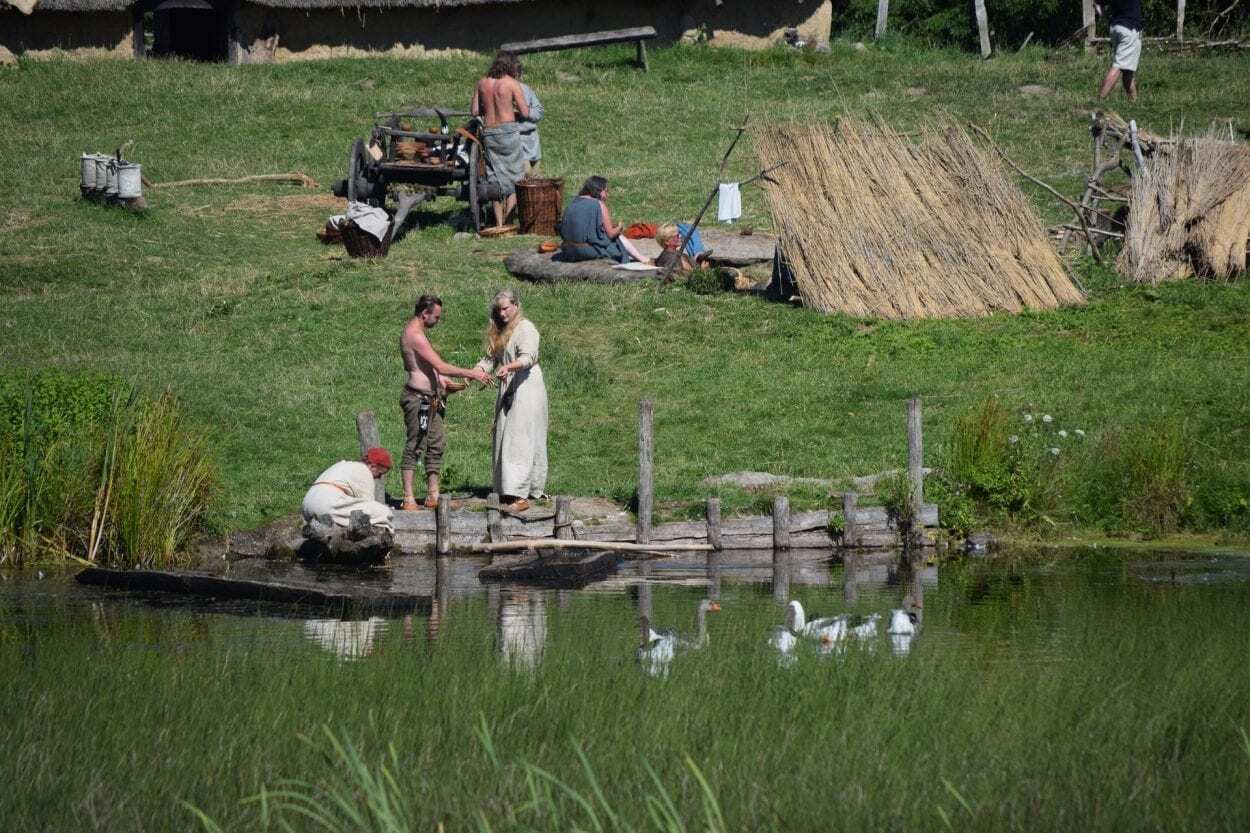Excavations by archaeologists are revealing new information about the Viking settlement of Iceland.
The archaeologists have been excavating a site called Stöð, located in Stöðvarfjörður fjord that has found a seasonal human settlement dating from before the accepted date for Iceland’s permanent settlement.
Written sources consider the age of settlement in Iceland to have begun with settlement by Ingólfr Arnarson around AD 874, he was the first to sail to Iceland with the purpose of settling the land. Previous archaeological evidence shows that extensive human settlement of the island indeed began at this time.
Excavations first started in 2015 under the direction of lead archaeologists Bjarni F. Einarsson and has discovered evidence of longhouses, farmsteads, and walrus hunting. The researchers have also found 93 beads, one of the largest bead hordes ever found and 29 silver objects that include Roman and Middle Eastern coins.
The farmstead is built on the remains of a longhouse, which would have been around 40 metres long and dates from AD 800 based on radiocarbon dating. Bjarni F. Einarsson believes that the longhouse functioned as a seasonal camp, that was operated in conjunction with similar sites across Iceland such as a temporary site in Aðalstræti in Reykjavík and Vogur in Hafnir and confirms Viking presence earlier than the previously accepted date of occupation.
The seasonal camps provided a role in the exploration of Iceland’s resources and paleoecological research has identified the exploitation of walrus ivory, animal blubber, and hides that was in demand across Europe.
A previous DNA and radiocarbon study has suggested that contemporary walrus tusks found in Iceland were from a subspecies of the Atlantic walrus that went extinct after the Viking settlement.
Header Image Credit – Public Domain





